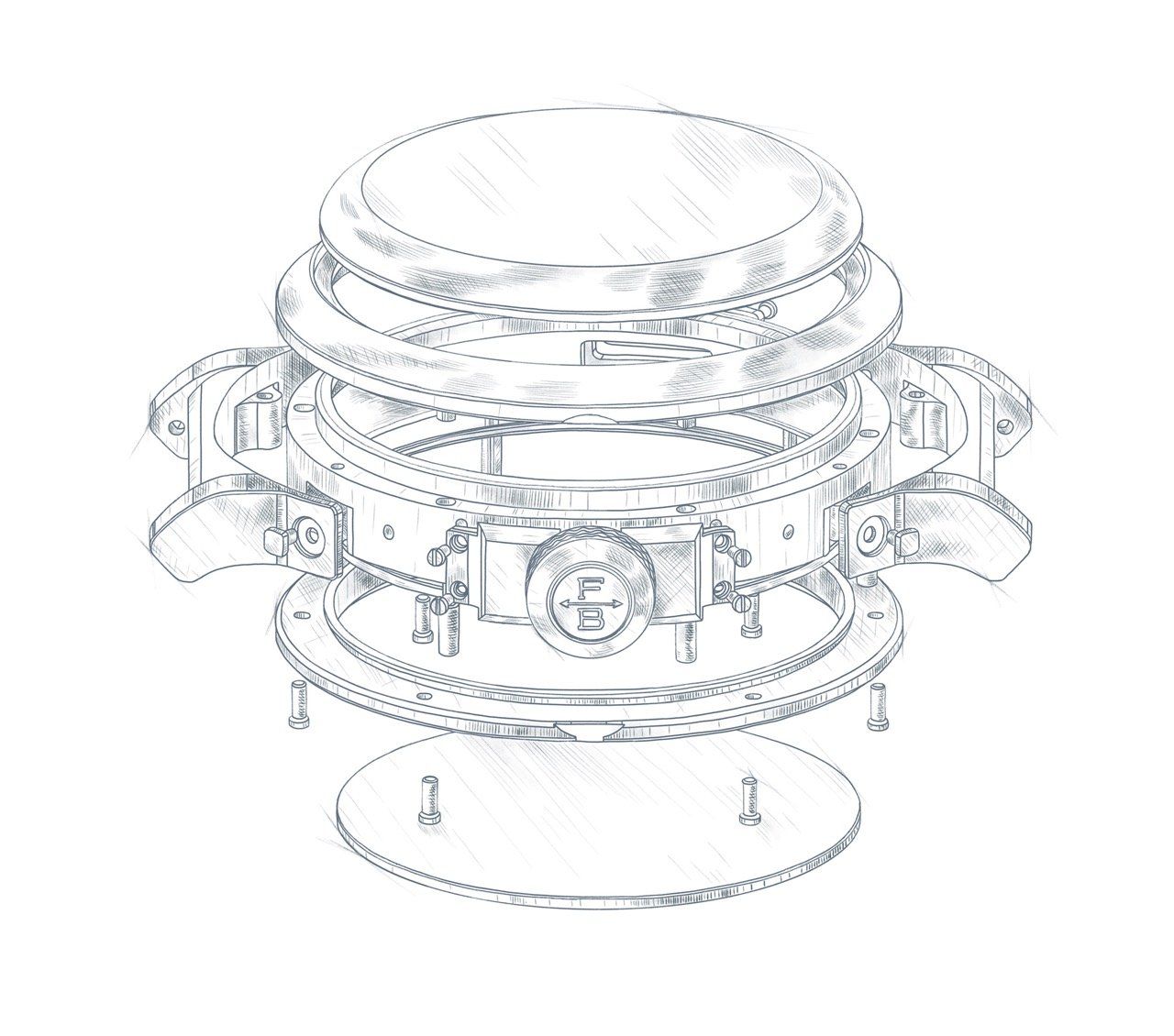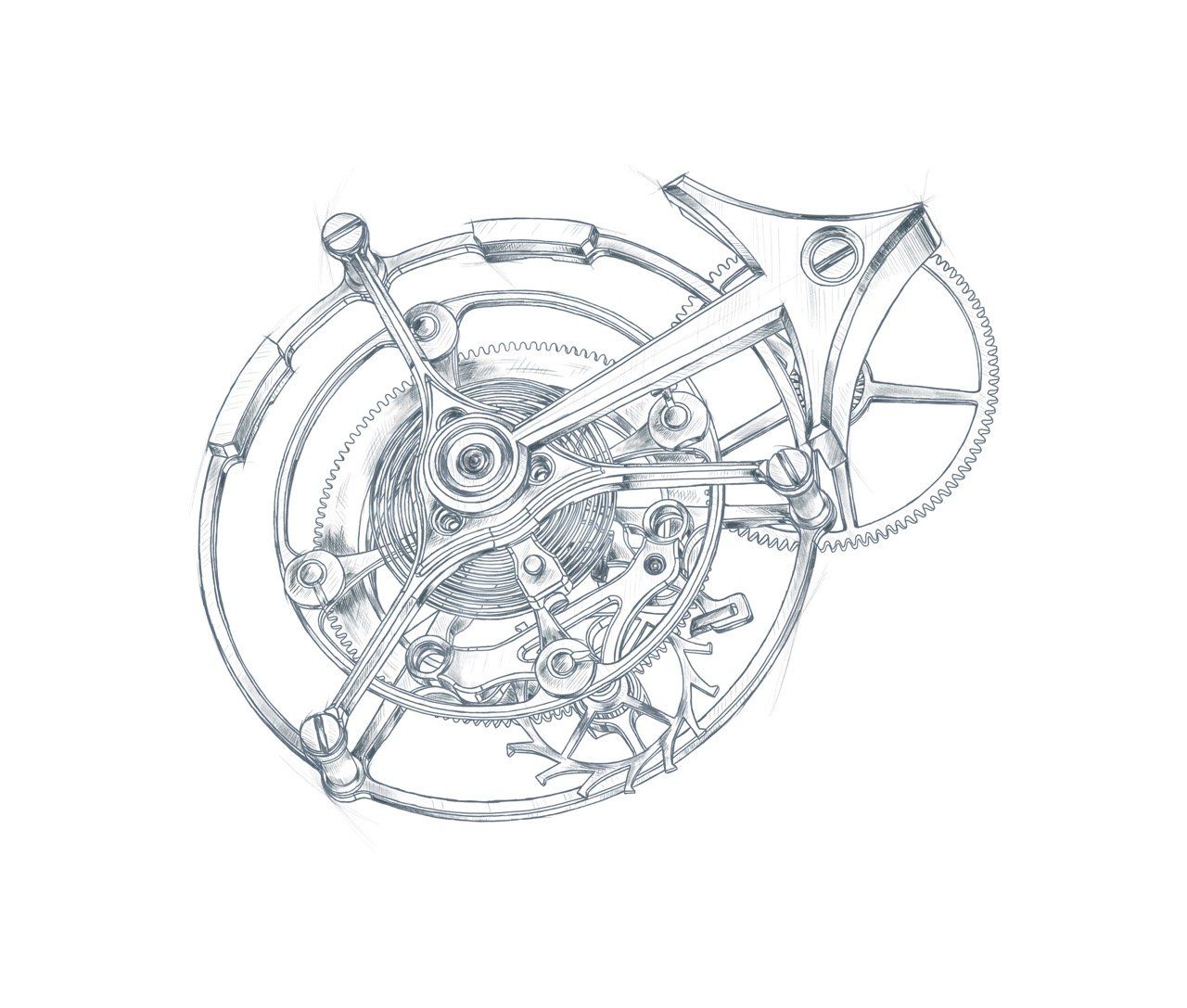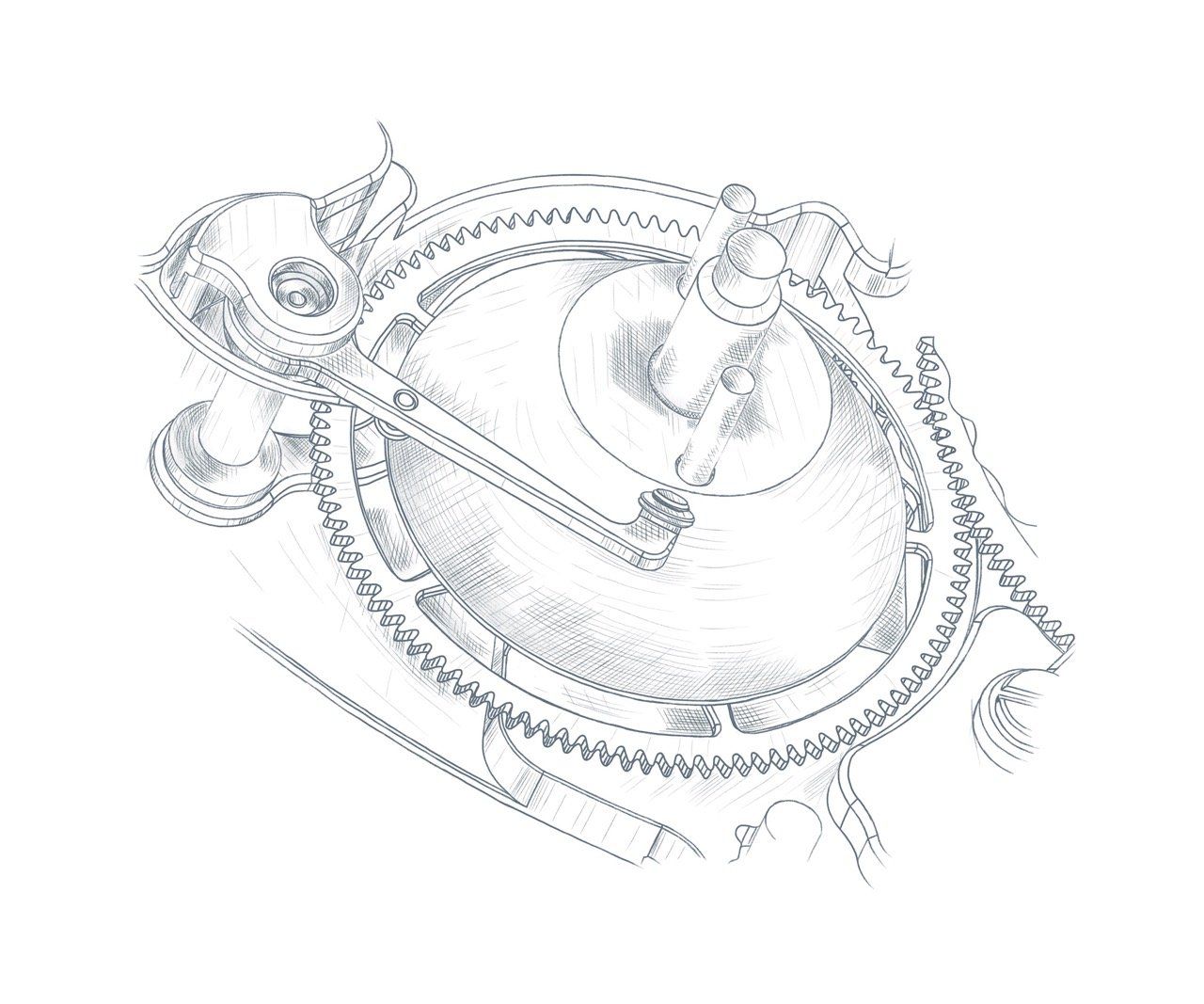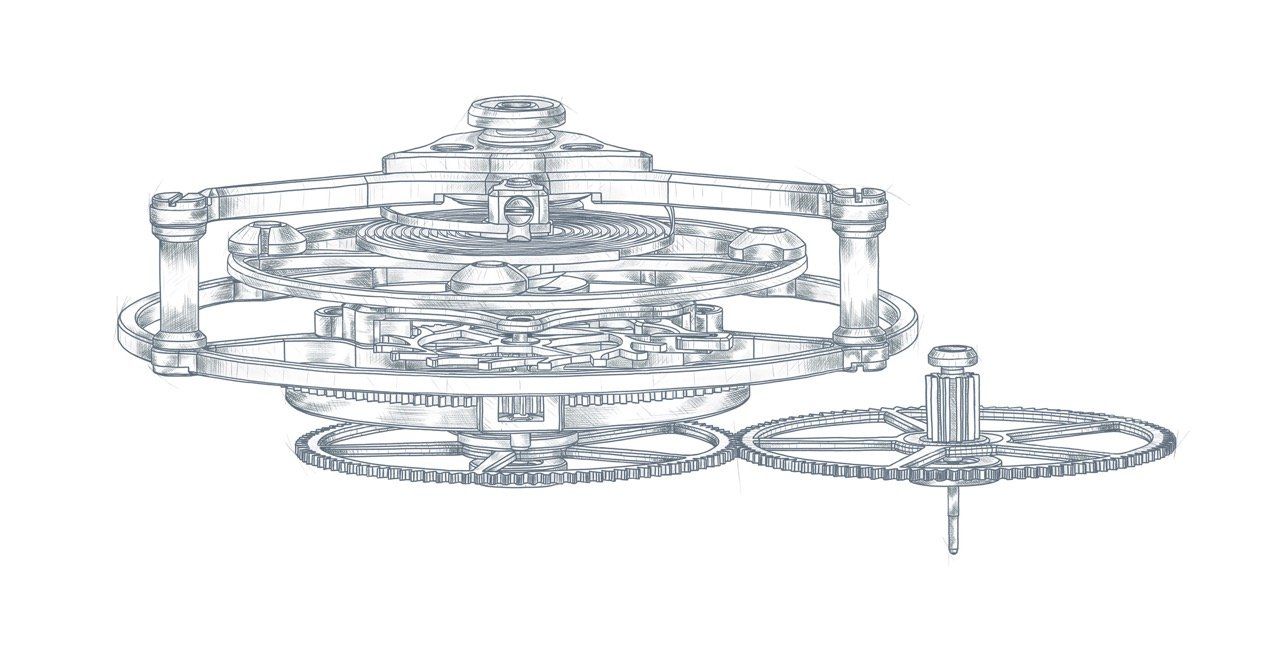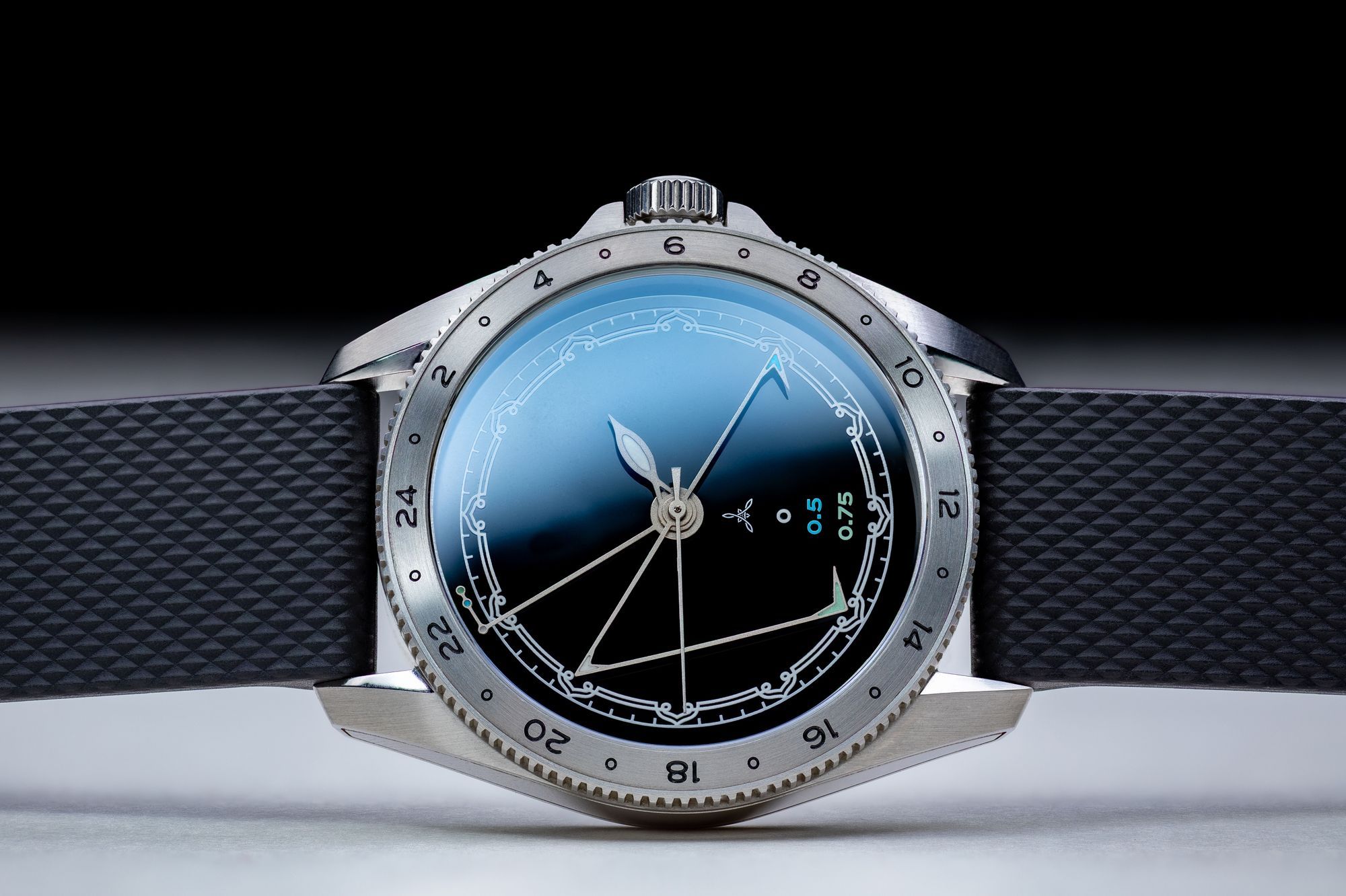Ferdinand Berthoud’s Chronomètre FB 2T: The Final Edition Of Its First Caliber In A Round Case
The Chronomètre FB 1 was instrumental in establishing the reputation of Chronométrie Ferdinand Berthoud; it featured an octagonal case, a tourbillon movement with fusee-and-chain transmission, and a pillar-based construction.
This model, powered by the FB-T.FC caliber is getting ready to take its final bow in the form of a final 38-piece edition of the Chronomètre FB 2T, which will be the first of its kind to feature a round case.

Chronométrie Ferdinand Berthoud's President, Karl-Friedrich Scheufele, had a goal in mind long before the Manufacture opened: to provide new works that continue Berthoud's legacy. Thus, in 2015, the Chronomètre FB 1 was introduced as a wristwatch based on how the great Master Watchmaker might have envisioned timepieces functioning in the modern era.
Timepieces in this inaugural collection are distinguished by their excellence, running on a 100% Manufacture movement that is chronometer-certified, featuring a tourbillon and fusee-and-chain transmission, and being built in the style of a pillar. A year after its release, the octagonal-cased Chronomètre FB 1.1 won the "Aiguille d'Or," the highest best-in-show distinction of the Grand Prix d'Horlogerie de Genève.
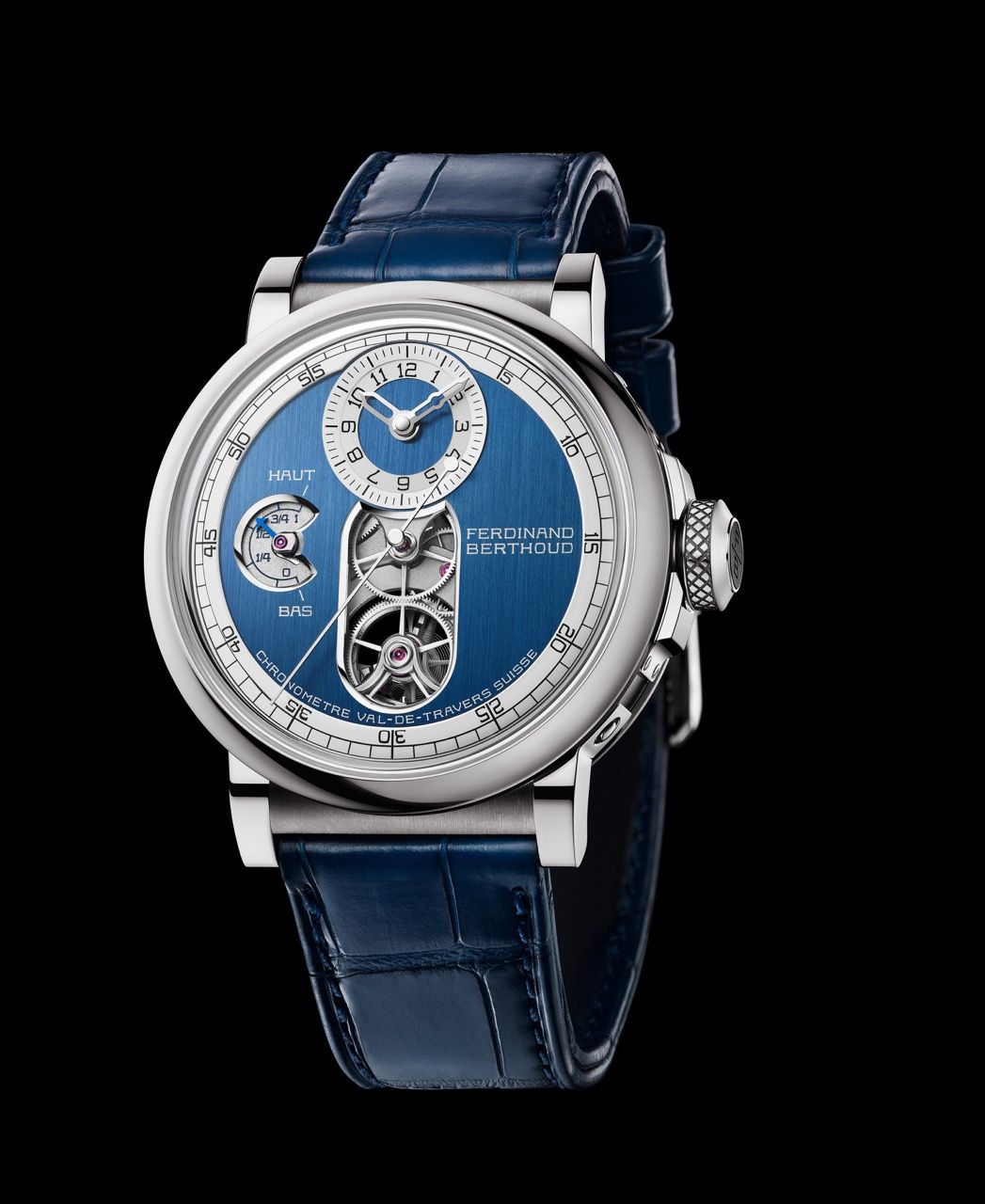
The Chronomètre FB 2T - Final Edition is now released, marking the first time these 38 remaining references of this caliber have been showcased in a round case in over eight years. A truly remarkable set powered by a mechanism whose entire kinematic chain has been conceived as a genuine watchmaking adventure.
THE FIRST CONTACT: WINDING
When a mechanical watch is wound, it is handled for the first time. To do this, the barrel is typically wound by hand. Calibre FB-T.FC has a unique mode of operation thanks to its constant-force device, a fusee-and-chain transmission; instead of winding through the barrel, it uses a centrally-located differential. This mechanism's purpose is to lessen the effort necessary to wind.
Therefore, in order to fully arm the mainspring, you must turn the crown seventy times, and you won't have to exert any force whatsoever. The crown's 9 mm diameter makes it comfortable to hold. Also included is a safeguard to prevent damage to the mechanism from being overwound. This "disengageable" crown's dynamometric spring allows for a cap on the amount of torque sent to the motor. If the force exerted by the crown to turn the winding pinion is greater than the allowable values, the dynamometric spring will release and stop the crown from turning the pinion. By doing so, the movement is protected from overwinding, which could cause it to break.
Chronométrie Ferdinand Berthoud's engineers place a premium on winding when designing movements. It's the beginning of the special relationship that develops between a watch collector and his or her prized timepiece.
THE MOTOR ORGAN: THE CHOICE OF FUSEE-AND-CHAIN TRANSMISSION
When the crown is turned, the entire kinetic chain is set in motion, and onlookers are invited to learn about the many innovations that go into each movement to make it officially certified as a "Chronometer" by the Official Swiss Chronometer Testing Institute (COSC). The chronometric (precision timing) performance of Ferdinand Berthoud watches exceeds the requirements of the COSC, with a mean daily rate of between -1 and +2 second(s) per day. An inverted fusee and barrel, suspended and connected by a chain, provide the driving force for the Calibre FB-T.FC caliber, which allows for such precision and guarantees a constant force throughout the entire 53-hour power reserve.

A Maltese Cross stop work device, mounted atop the barrel, restricts the mainspring's torque to a narrow range. The Maltese Cross only permits six barrel revolutions, even though the barrel is capable of eight due to its profile's six teeth. When fully wound, the Maltese Cross's final two indentations ensure that the mainspring never sends too much or too little power to the gear train (at the end of the power reserve).
TOURBILLON WITH CENTRAL SECONDS: THE ESCAPEMENT
The escapement, a tourbillon with central seconds for which a patent has been applied, receives this steady supply of energy throughout the entire 53-hour power reserve. The tourbillon carriage, which is located at 6 o'clock, interacts directly with the seconds (fourth) wheel via a wheel on its axis that shares the same diameter and other characteristics as the seconds' wheel. It takes 60 seconds for the two wheels to complete one full rotation, with the seconds (fourth) wheel going clockwise and the tourbillon wheel going counterclockwise.
This design minimizes the number of gears needed for efficient energy transmission and the potential for inconsistencies caused by friction. Like the Marine Clocks he painstakingly crafted, the Master Watchmaker's dedication to precision is reflected in the watch's display, which features a long central wire-shaped hand that displays the seconds accurately and without stuttering.
INDICATION OF POWER RESERVES: A NEW MECHANISM
The CALIBRE FB-T.FC caliber's power-reserve display is based on a patented process that is both discerning and refined. The mechanism uses the action of winding and unwinding the mainspring to raise and lower a cone on a central arbor threaded into the mainplate, which in turn drives the mechanism and the barrel.
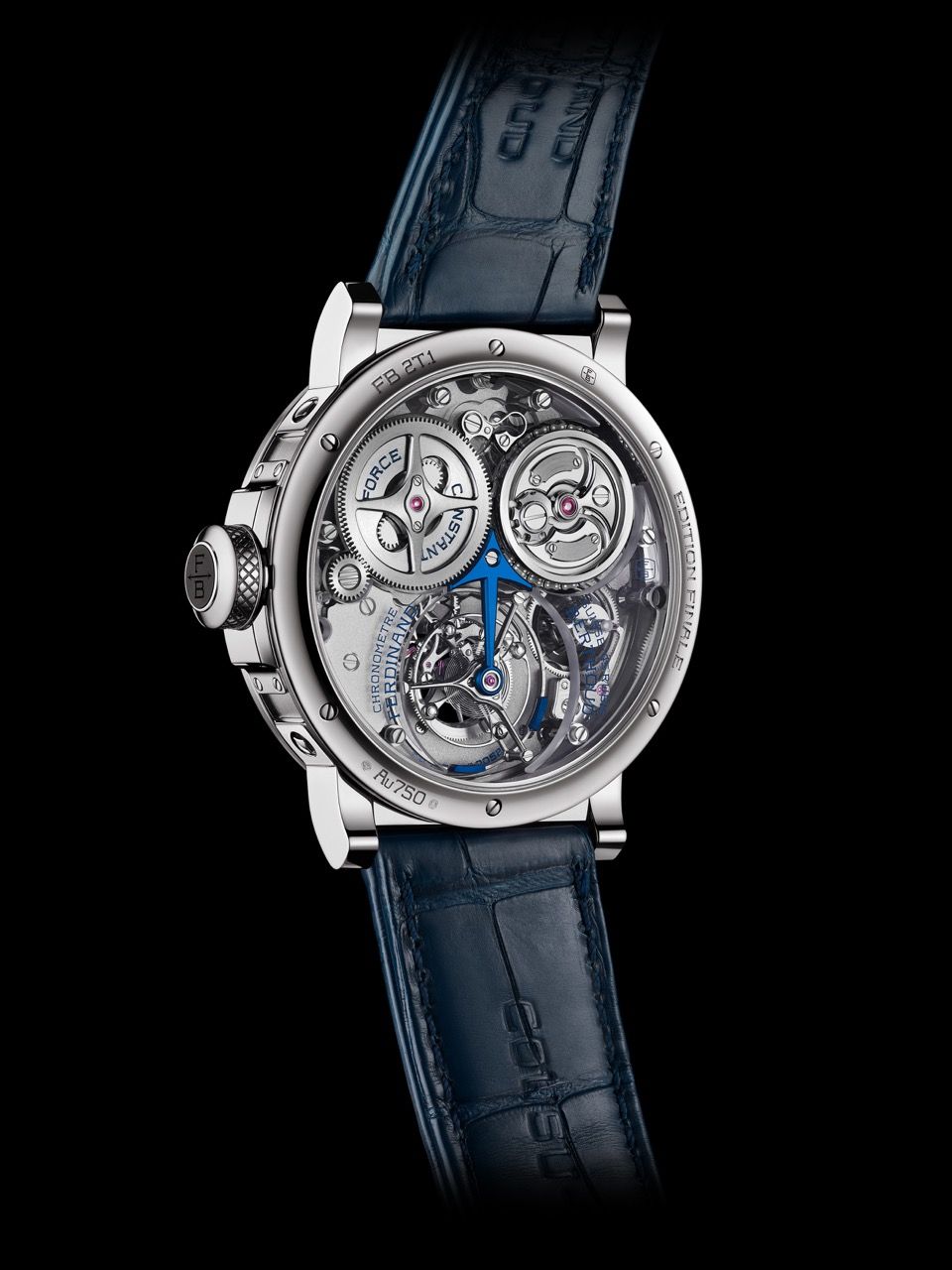
The up-and-down motion of the cone is measured by a ruby roller-tipped feeler. The feeler arm is positioned at the base of the cone when the mechanism is fully armed. This position occurs because the cone is at the top of the threaded arbor (its widest diameter). The disarming procedure involves the cone rotating and sliding down the threaded arbor. As the feeler gets closer to the threaded arbor's axis, the cone's diameter at the tip shrinks.
Around 15 degrees of rotation can be felt in the feeler arm, which is shared with the rack below it. The latter is responsible for relaying the power reserve level of the movement to the dial side hand.
UNIQUE PILLAR-BASED CONSTRUCTION
The building itself is an example of the innovative spirit at Chronométrie Ferdinand Berthoud, which aims to provide modern collections that carry on Ferdinand Berthoud's legacy. The workshop's vertical, six-pillared design is a nod to the Master Watchmaker's Marine Clocks while also giving the FB-T.FC movement room for technical and aesthetic expression that is without peer in today's Haute Horlogerie.

38 CUSTOMIZABLE MOVEMENTS FOR YOUR UNIQUE EXPERIENCE
When Ferdinand Berthoud published the Traité des montres à Longitudes, he was already 38 years into his career as a Master Horologist and had already amassed a considerable body of knowledge on marine clocks. This move is indicative of the master's daring spirit of experimentation and his commitment to sharing his knowledge. In honor of this feat, the final 38 pieces of the Calibre FB-T.FC-2 production run will be set aside for this Chronometer FB 2T series. They have a subtle hand-sandblasted finish that gives them a particularly modern look, and is set apart by three beveled and engraved sapphire half-bridges that rest on polished steel pillars and offer a view of the movement's main organs.
The Maison will offer the FB 2T.2 in 18-carat rose gold with a black satin-brushed dial, the FB 2T.2-1 in 18-carat rose gold with a ruthenium satin-brushed dial and the FB 2T.1 in 18-carat white gold with a blue satin-brushed dial.
Collectors can take inspiration from these three references and design their own unique timepiece for the "Final Edition" by selecting the case material, dial color, and leather strap finishing. However, there is a restriction when it comes to case shape: the FB 2T collection is only available with the round case introduced in 2020 with the FB 2RE Remontoir d'Égalité collection.
No articles found

